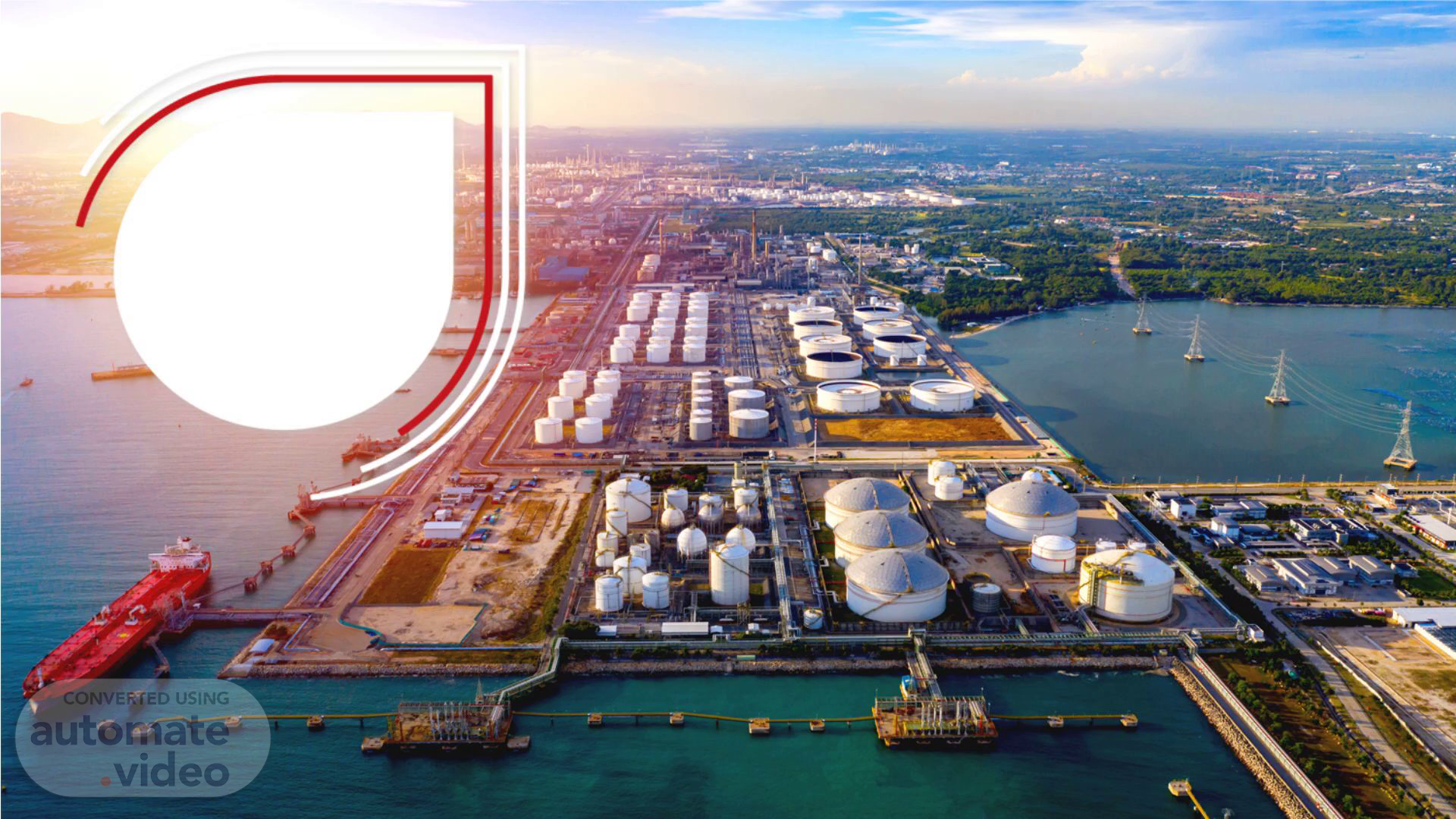Scene 1 (0s)
[Audio] Vessel identification and verification are critical components of maritime trade. Accurate identification of vessels is essential for ensuring compliance with regulations and maintaining the integrity of global trade. This process involves verifying the identity of vessels, including their names, flags, and ownership details. Vessel identification is crucial for several reasons: it helps prevent piracy and smuggling, ensures that vessels comply with safety and environmental regulations, and facilitates the efficient movement of goods across borders. Furthermore, accurate vessel identification enables authorities to track and monitor vessels, reducing the risk of illicit activities such as human trafficking and arms smuggling. In addition, vessel identification is vital for customs clearance and tax purposes, allowing governments to collect revenue from legitimate trade activities. The consequences of inaccurate vessel identification can be severe, including fines, penalties, and reputational damage. Therefore, it is essential to implement robust systems for vessel identification and verification to ensure the security and integrity of global trade..
Scene 2 (1m 19s)
[Audio] Verifying vessel identity through the IMO number is crucial for ensuring compliance with regulations and preventing operational risks. This process involves verifying the accuracy of the IMO number, which is a unique identifier assigned to each vessel by the International Maritime Organization. By doing so, we can ensure that the correct vessel is being inspected and that all necessary safety measures are taken..
Scene 3 (1m 47s)
[Audio] The IMO number is a vessel's unique, permanent identification. This ensures authenticity and prevents fraudulent substitutions. It remains constant even if the ship changes name, flag, or ownership..
Scene 4 (2m 3s)
[Audio] The IMO number should be checked in two main areas during a visual inspection. The first location is the bridge front or superstructure, where the vessel's identification details are often clearly visible. The second area is inside the vessel, such as in the engine room or on official documents like certificates and permits. Verifying the IMO number in these places helps guarantee its accuracy and reliability in identifying the vessel..
Scene 5 (2m 29s)
[Audio] It is essential to verify the IMO number markings on various critical items when examining document and statutory certificates. Check the calibration table first. Ensure that the cover page is photocopied, displaying the vessel name and its corresponding IMO number. Then, inspect the statutory documents, which must also feature the IMO number. These comprise the International Tonnage Certificate, the Safety Management Certificate, and the International Oil Pollution Prevention Certificate. If any of these certificates are missing the IMO number, it is vital to conduct a thorough investigation to guarantee accuracy and compliance..
Scene 6 (3m 12s)
[Audio] To verify a vessel's identity, it is crucial to utilize online databases to confirm its details. Several recommended platforms can provide this information, including Maritime Optima, Equasis, and MarineTraffic. Inputting the International Maritime Organization number, also known as the IMO number, into the relevant field allows you to validate the registered vessel name, vessel type, and flag of registry. Cross-checking this information ensures the accuracy of the vessel's identification and helps prevent potential operational risks..
Scene 7 (3m 49s)
[Audio] The IMO number is the vessel's unchangeable identity tag. Ship names are frequently altered and can be faked. Always prioritize IMO verification over name confirmation..
Scene 8 (4m 2s)
[Audio] It is crucial to rely on the International Maritime Organization (IMO) number when verifying a vessel's identity because it is unique, permanent, and trustworthy. Documentation alone should not be trusted; rather, inspect the vessel physically to confirm its identity. For accurate verification, use both physical and official sources. If discrepancies are noticed, they should be promptly escalated to mitigate potential operational risks..
